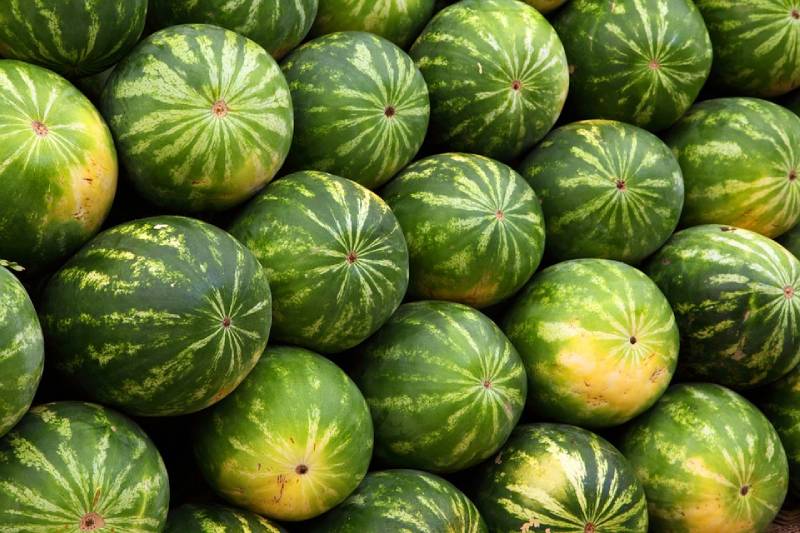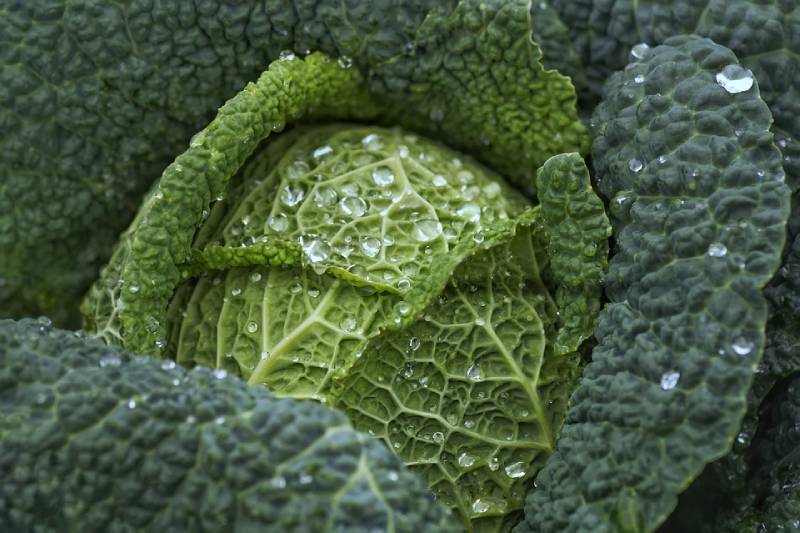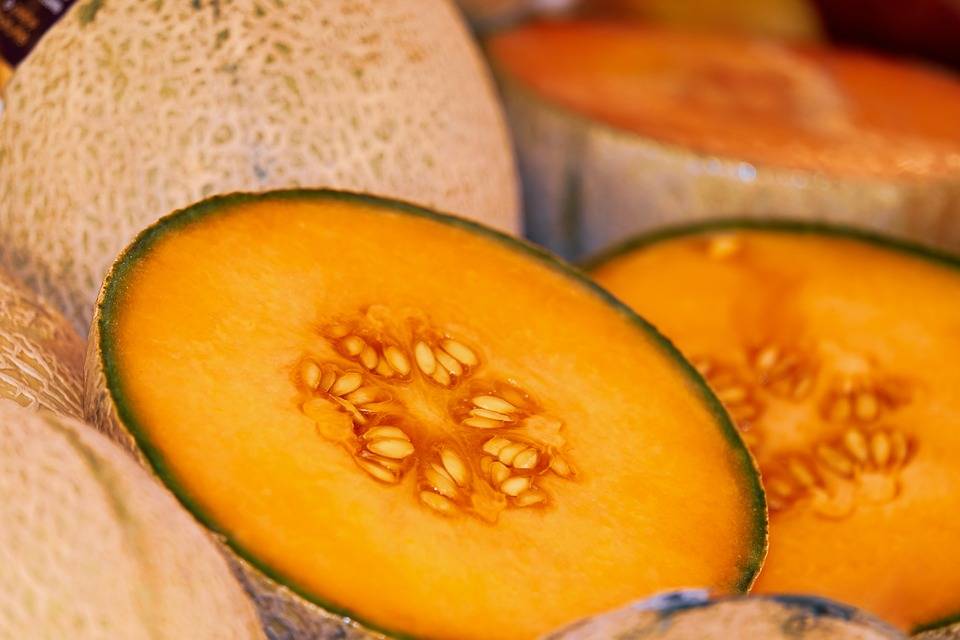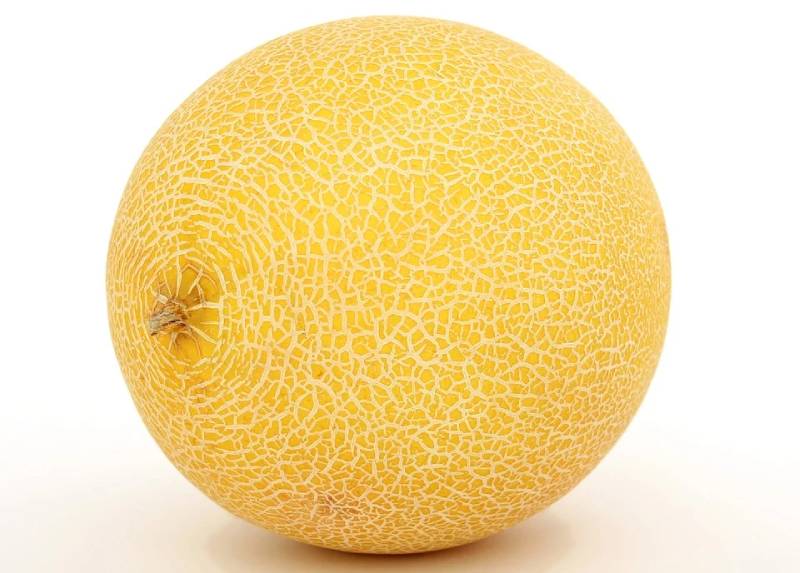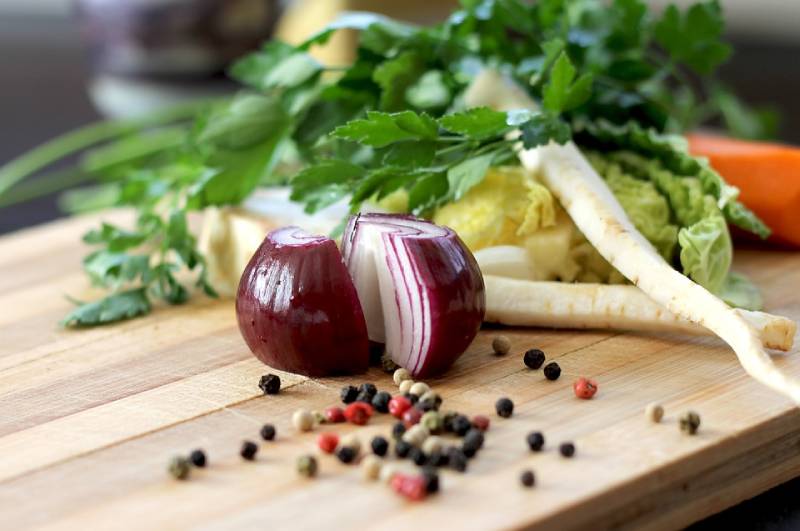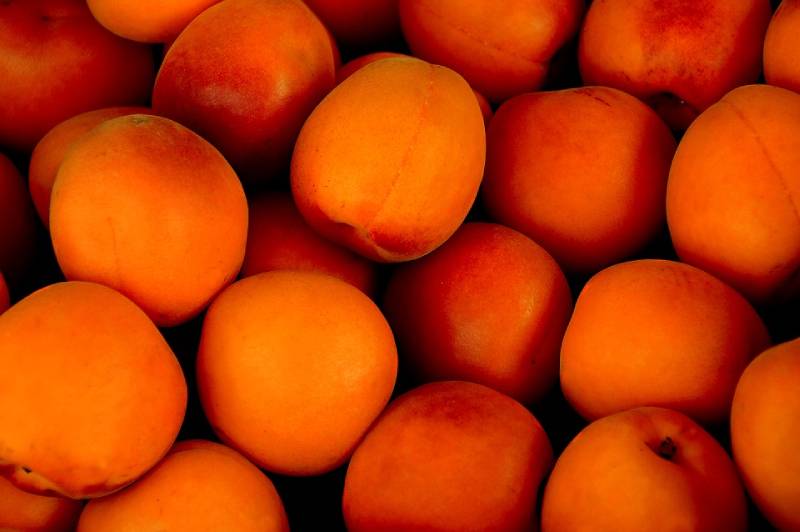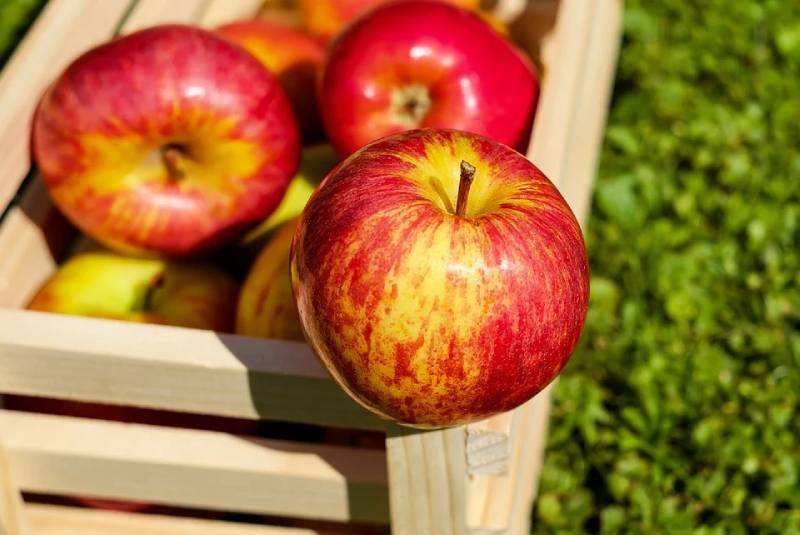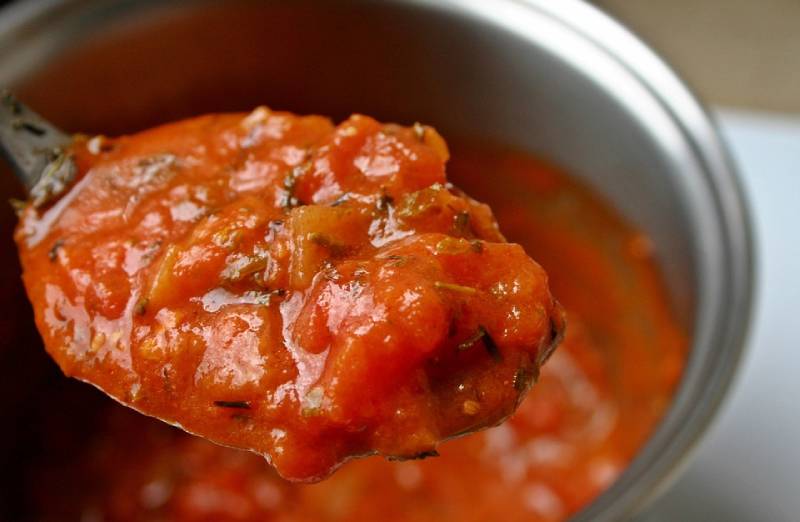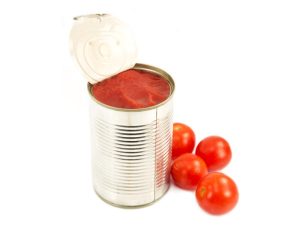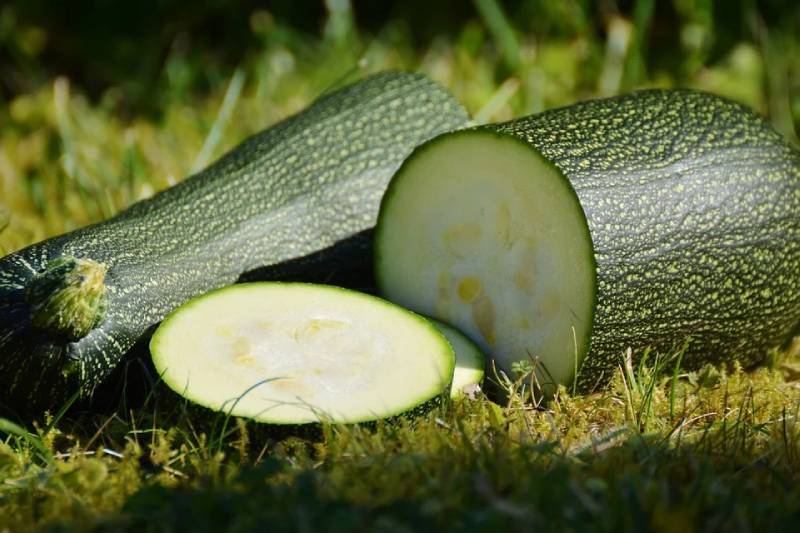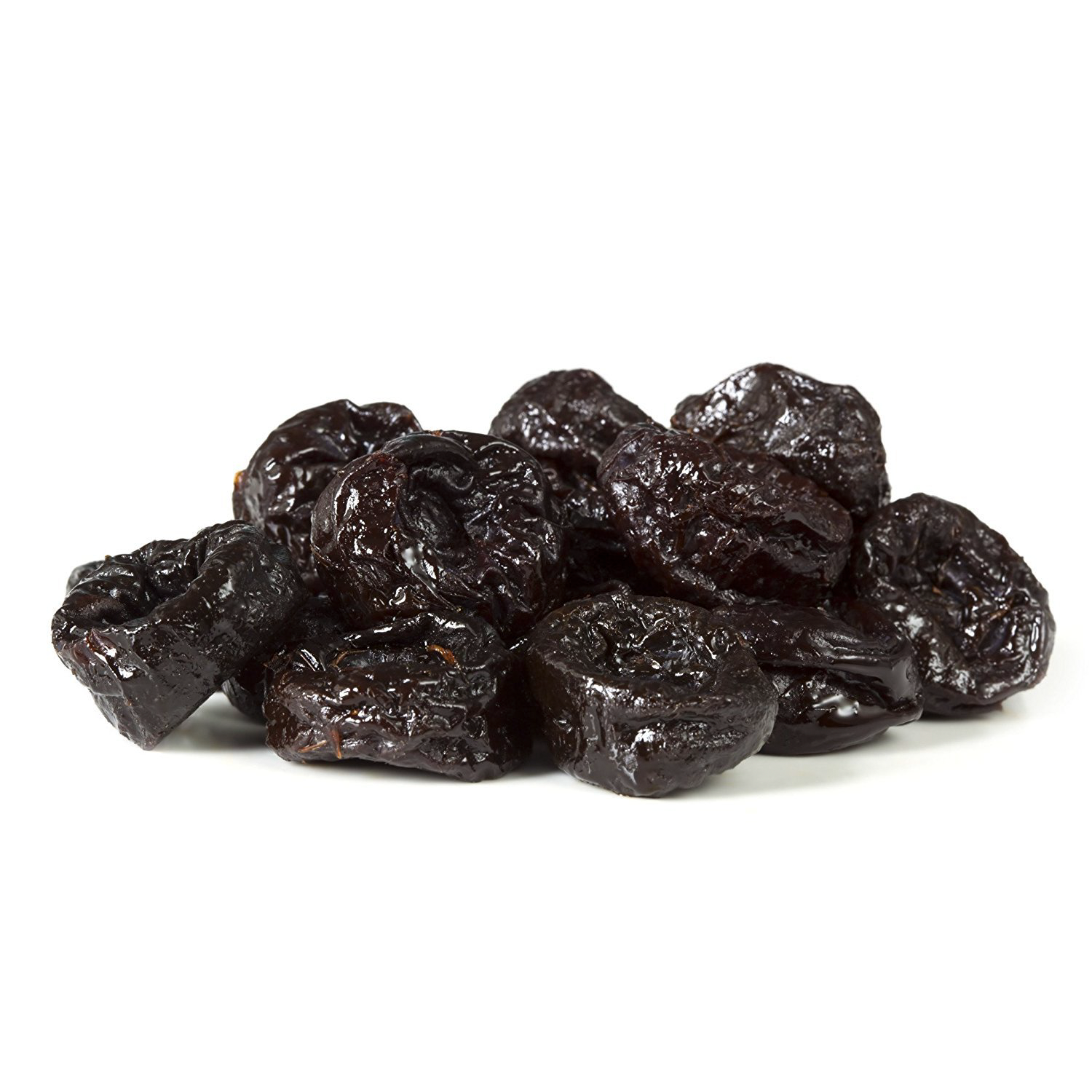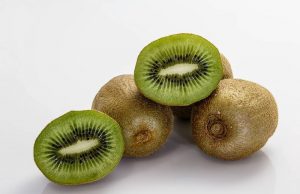watermelon benefits and information is provided in this article.
how to keep onions fresh – onion benefits and effect on hair
cooking eggplant in 8 simple way
Which type of watermelon is the sweetest?
Crimson Sweet Watermelons. Sweet flesh with high sugar content. This watermelon is one of the most popular within the species.
Crimson type is an open-pollinated picnic-type heirloom variety.
This large, round cultivar weighs in at around 13-16 kg at harvest, and it has a light green peel with dark green stripes.
This watermelon’s flesh is dark red and firm, with a fine texture and tiny seeds.
Crimson Sweet contains a high amount of sugar, contributing to its delicious sweet flavor
Is watermelon fruit or vegetable?
It all depends on who you are asking. If you talk to a botanist, they will say that watermelon is a fruit because it develops from the plant’s ovary after flowering and holds the seeds. A vegetable is something eaten from other parts of a plant, like spinach leaves or carrots.
It is interesting if you ask anyone in Oklahoma, they will tell you it is a vegetable. The state even declared the watermelon its official vegetable in 2007.
The watermelon is a member of the cucumber family known as the Cucurbitaceae, which includes gourds. They’re grown like a vegetable crop using vegetable production systems.
Dr. Lynn Brandenberger, a horticulturist at Oklahoma State University, believes that there can be some crossover when it comes to the classification of fruits and vegetables. It’s not clear cut.
https://iranfreshfruit.net/benefits-of-eating-watermelon
How to keep the watermelon :
Keep whole the watermelon on the counter for the best flavor. USDA research demonstrated that storage at room temp may even help keep the antioxidants better intact. Once you cut it, store it in the refrigerator for up to 3 to 4 days.
Watermelon Benefits:
Helps You Hydrate
Contains Nutrients and Beneficial Plant Compounds
Contains Nutrients and Beneficial Plant Compounds
Improve Heart Health
Lower Inflammation and Oxidative Stress
it Help Prevent Macular Degeneration
Help Relieve Muscle Soreness
Is Good for Skin and Hair
Can Improve Digestion
Watermelon Amazing effects on skin and hair:
Two vitamins in watermelon A and C, are essential for skin and hair health.
Vitamin C helps your body make collagen, which is a protein that keeps your skin soft and your hair strong.
Vitamin A is also necessary for healthy skin since it helps create and repair skin cells. Without enough vitamin A, your skin can look dry.
Watermelon extract benefits:
In a 2012 study, researchers demonstrate that watermelon extract could reduce blood pressure in and around the ankles of middle-aged people with obesity and early hypertension. The authors suggested that
L-citrulline and L-arginine, two of the antioxidants in watermelon, may improve the function of the blood vessels.
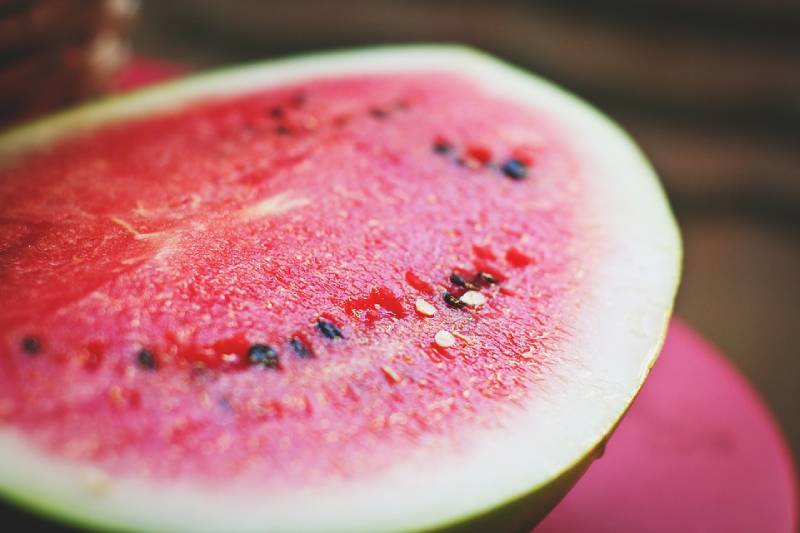

Nutrition Facts:
| Nutrition Value per 100 gram watermelon | |||||||
| Vitamins | Quantity | %Dv | Minerals | Quantity | %Dv | ||
| Energy | 30 kcal | Vitamin A | 569.00 IU | 11% | Calcium | 7.00 mg | 1% |
| Carbohydrates | 7.6 g | Vitamin B6 | 0.045mg | 3% | Copper | 0.042 mg | 5% |
| sugars | 6.2 g | Vitamin C | 8.1 mg | 9% | Iron | 0.24 mg | 1% |
| Dietary fiber | 0.4 g | Vitamin E | 0.05 mg | 0% | Magnesium | 10.00 mg | 2% |
| Fat | 0.2 g | Vitamin K | 0.1 μg | 0% | Manganese | 0.038 mg | 2% |
| Protein | 0.6 g | Potassium | 112.00 mg | 2% | |||
| Water | 91.45 g | Sodium | 1.00 mg | 0% | |||
| Zinc | 0.10 mg | 1% | |||||
Should it be bought organic?
Thanks to the watermelon’s thick rind, pesticides cannot get to the inner flesh, so it is safe to buy the non-organic versions. Watermelon is an amazing source of water. It is 92 percent water, but the flesh is also packed with significant levels of vitamins A, B6, and C.
Recipe:
Now we want to teach you how to make watermelon drink very easily
INGREDIENTS:
1 small sweet watermelon
1 small lime, juiced (of course it is optional)
INSTRUCTIONS:
Slice the watermelon in half. Using a big spoon, scoop chunks of sweet watermelon into the blender.
Blend the watermelon until it is completely pureed. This shouldn’t take more than a minute. For extra flavor, squeeze the juice of one small lime into the blender and blend for a few seconds, it would be better with lime juice.
If your watermelon is pulpy or seeded, pour the mixture through a fine-mesh strainer into a pitcher. If not, you can pour it directly into glasses.
It is better to drink it cold with ice cubes.
Watermelon juice will keep in the refrigerator, covered, for up to 4 days.
One unusual and easy dessert is watermelon and cucumber salsa.
The combination of watermelon and cucumber may sound unusual, but it tastes anything but! Eat the salsa with chips, or serve it as a topper with hot dogs or chicken tacos for a refreshing change of pace.

